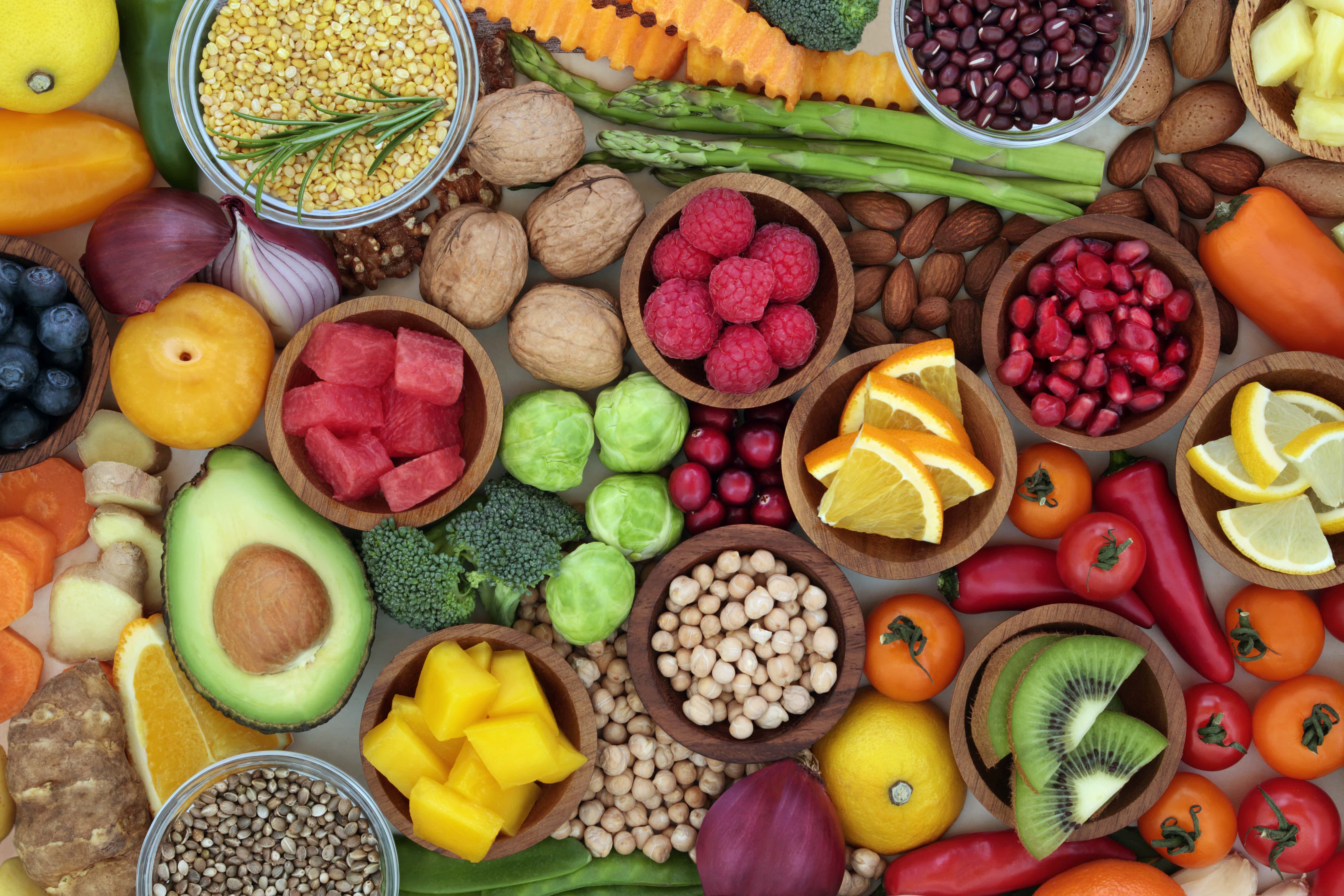How to Get More Fiber in Your Diet
Dietary fiber is sometimes called roughage or bulk. It’s commonly divided into two forms: soluble and insoluble. Soluble fiber dissolves in water. It’s valuable because it’s known to aid in lowering blood glucose and cholesterol levels. Insoluble fiber doesn’t dissolve in water. It helps food move through the digestive system smoothly. Both types of fiber are important, so you’ll want to eat enough of both.
How much fiber is enough? The Mayo Clinic reports that men age 51 and older should aim for at least 30 grams of fiber daily. Meanwhile, women age 51 and older should eat at least 21 grams of fiber each day. Sadly, the average American eats less than 12 grams of fiber each day, according to The Healthy. If your diet has room for improvement, these tips for how to get more fiber in your diet can help.
Eat More Fruits and Vegetables
Fruits and vegetables are a bountiful source of fiber. Including a variety of them in your menus is a handy way to get more fiber. As a bonus, you’ll also get servings of numerous other beneficial vitamins and minerals. Do you tend to peel whole fruits and vegetables before you eat them? Rethink your strategy. Whenever it’s safe to do so, try to leave the skin in place. Apples, cucumbers, sweet potatoes, and other fruits and vegetables often store almost half their fiber content in their skin. If you peel them before eating them, you’ll still get some fiber, but you’re missing out on a lot.
Opt for Whole Grains
Refined grains are often lacking in fiber. Try to make at least half of the grains that you consume whole grains. Look for whole wheat and whole wheat flour when selecting bread, pasta, crackers, pretzels, cookies, and other carbs. Consider swapping out white rice and replacing it with brown rice or wild rice.
Embrace Nuts and Legumes
Nuts, beans, peas, and other legumes are nutrient-rich sources of fiber. They’re diverse, versatile, and surprisingly affordable. Spread nut butter on your toast at breakfast. Toss almonds or walnuts onto a salad for lunch. Throw peanuts in your bag for a snack. Or, use hummus as a dip for carrots or crackers. Add a favorite bean to soups, sandwiches, or side dishes at dinner. Alternately, experiment with new dishes and flavors. Beans and nuts turn up in dishes worldwide, so there’s always something new to try.
Consider a Supplement
Experts generally say that foods are the best source of fiber, but if you’re having trouble meeting your goals, a fiber supplement can be useful. Popular brands include Benefiber, Citrucel, and Metamucil.
Read Food Labels
Processed foods often get a bad rap, but they do have one obvious benefit. They come with a food label that clearly states what ingredients and nutrients are lurking inside. If you’re interested in eating more fiber, selecting a mix of whole foods like fruits, vegetables, nuts, and beans is an obvious strategy. However, reading food labels makes it easy to ensure that the processed foods that you choose are rich in fiber. Cereals, yogurts, and soups are often fortified with fiber.

